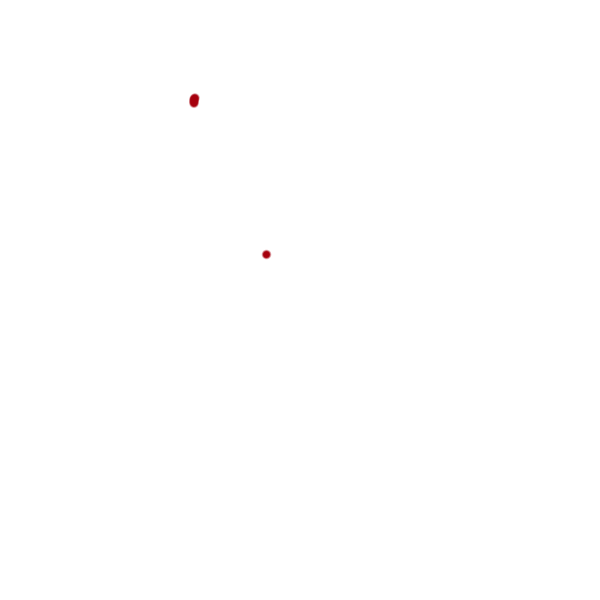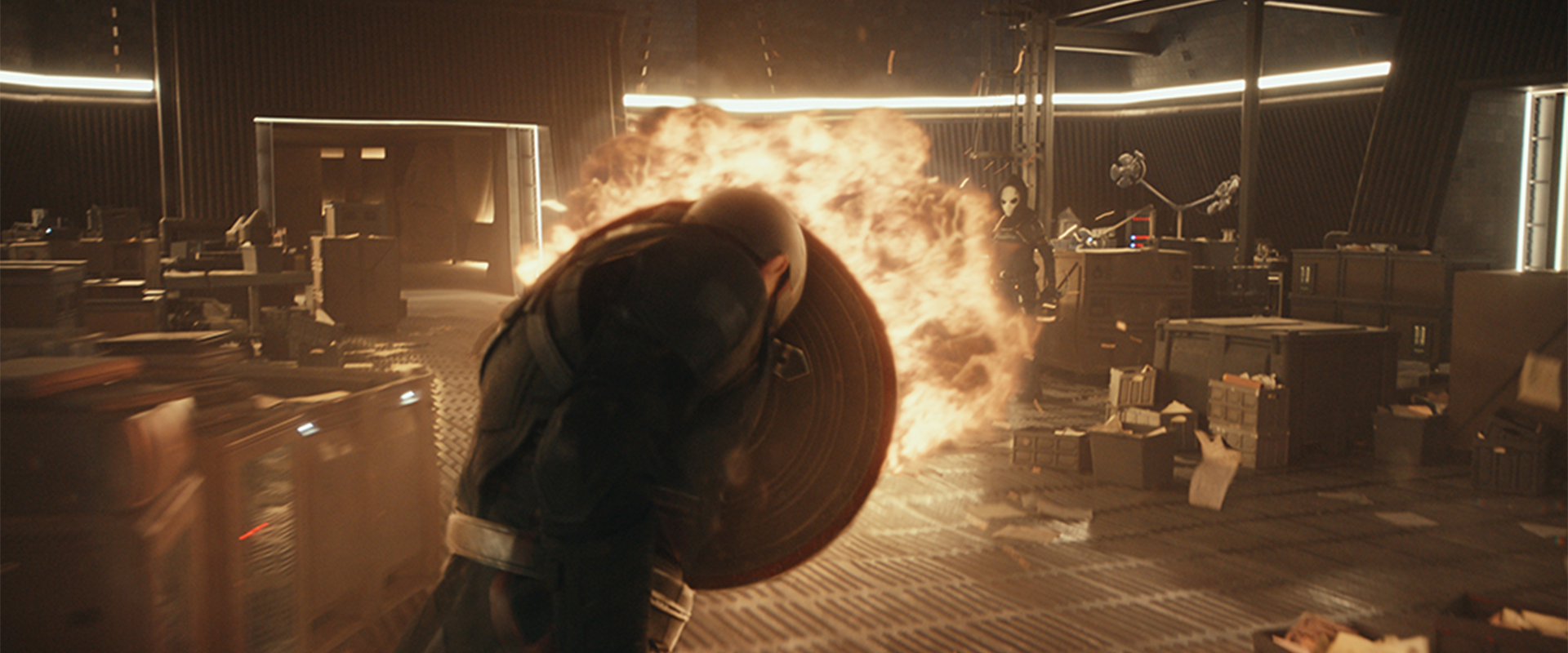数字王国为《雷霆特攻队*》构建了无缝衔接且贴近现实的视觉特效 / 阅读全文
2025年06月05日
Featured in ProductionHUB
For Marvel Studios’ upcoming film Thunderbolts*, the acclaimed team at Digital Domain took a grounded, story-first approach to visual effects, trading flashy spectacle for realism and emotional intensity. Under the guidance of Digital Domain’s VFX Supervisor Nikos Kalaitzidis, the studio tackled two pivotal sequences where the visual effects had to feel invisible yet impactful, heightening the stakes without pulling audiences out of the moment. From enhancing practical environments to building digital doubles for key characters like Yelena Belova, John Walker, and Ava Starr, the team’s work was not only central to these scenes but also shared with other vendors to ensure continuity throughout the film. VFX Producer Ryan Wilk shares how Digital Domain brought this subtle but high-stakes visual storytelling to life.
PH: “Invisible effects” are often the hardest to notice and therefore the hardest to appreciate. What was your approach to making the VFX in Thunderbolts* feel grounded but still cinematic?
Ryan Wilk: Our mantra on this show became “less is more.” On most Marvel shows, we are accustomed to a certain number of fully CG shots. But in our sequences most of the shots were plate based. Our approach was really about enhancement, rather than full replacement or reimagining. Even when we did need to lean on CG elements more heavily, we always had good original photography to match into.
PH: You handled two centerpiece sequences—the vault fight and elevator shaft escape. What made these particularly challenging or satisfying to bring to life?
Ryan Wilk: In both sequences, the filmmakers were very open to our input on how to enhance the stunts they captured. Sometimes it wasn’t obvious at first glance, so it was a fun challenge to find ways to bring even more intensity to the action. Perhaps we replace an arm or weapon to make things more of a close call. Perhaps we need to retime certain characters or reposition them to add to the peril. In some cases a fully CG digi replacement might be needed. Each shot was a bit of a puzzle, but we were given a chance to pitch what we thought would make the shots better, and the filmmakers were usually fully on board.
Another fun obstacle was the Ghost phasing effect. We developed the look early in the production process, but each Ghost shot presented a unique challenge. It was quite satisfying creatively, because we were not just adding the Ghost effect to each shot, we were actively using the Ghost effect to help improve the action of the shot, whether that be a narrow miss or an impactful final blow.
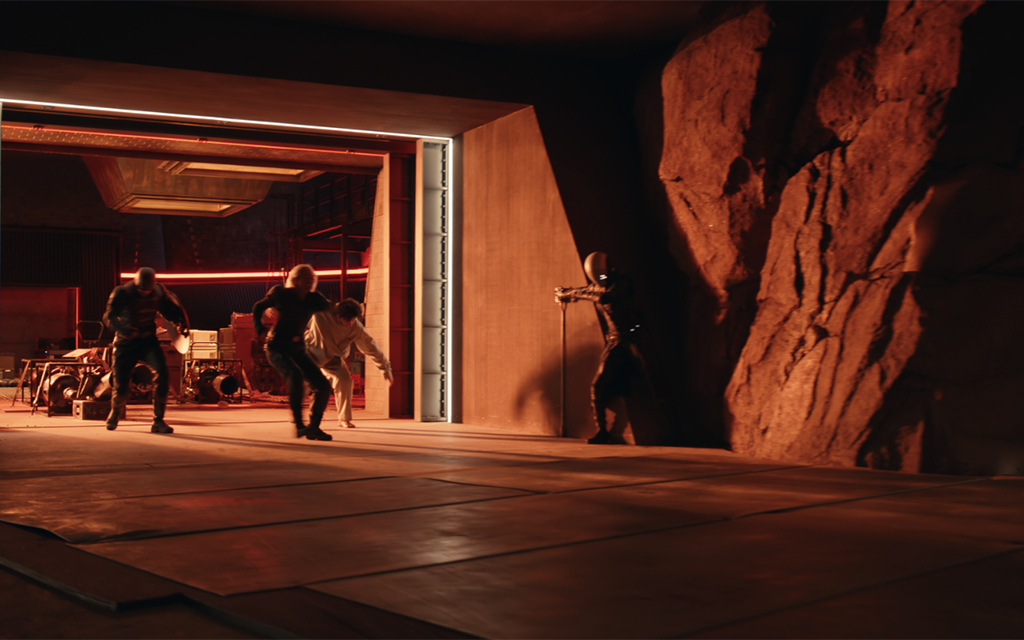
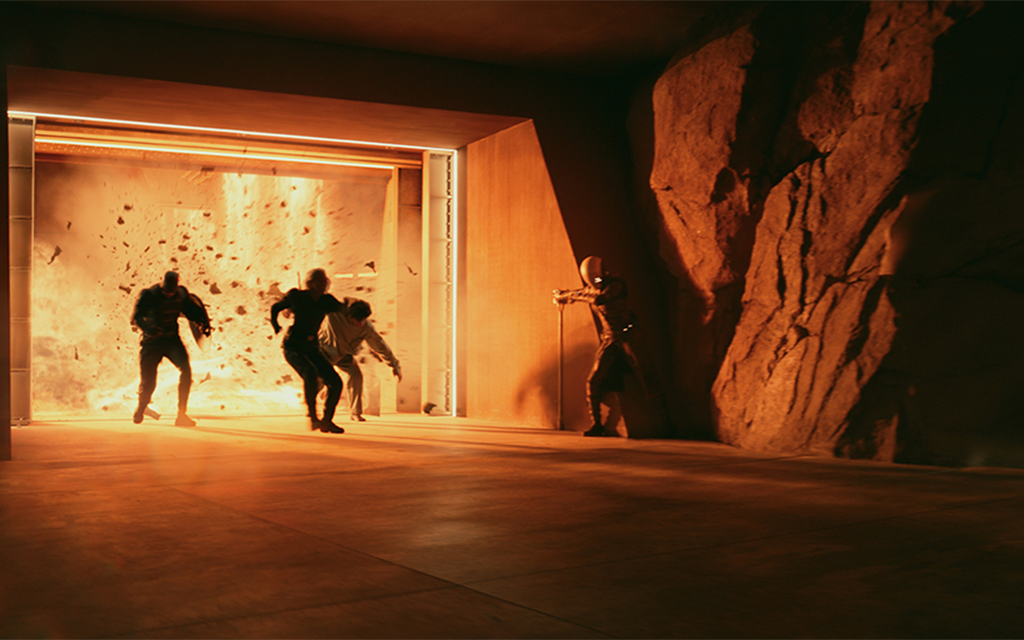
PH: How did you balance realism with Marvel’s signature flair? Were there any moments where you had to dial back the effects to keep that grounded tone?
Ryan Wilk: Absolutely! Routinely on this show our first pass of sparks, explosions, muzzle flashes or WidowBite Arc effects were a little too much for the director’s taste. We ended up dialing quite a few of them back, which was a departure from some of our past experiences with Marvel films.
PH: Can you walk us through a specific shot or sequence that you feel best showcases your team’s innovation on this project?
Ryan Wilk: There is one shot in which we had to seam together x2 takes of Yelena being tossed across the vault environment. We started out with a comp mockup, which required some heavy retimes and reframing to seam up Yelena’s takes as best we could in 2D. We then had to track both plates and performances, seam together a master camera, and reconstruct the entire environment. For Yelena, we couldn’t hand off in the motion-blurred frames like we typically would, because the timing of Florence's side of the performance wouldn’t work. So we had to maintain the stunt actor’s performance longer in the shot, and figure out a way to hand off to Florence after she comes to a rest. Between takes, the body and hair would never line up perfectly, so we used a combination of CG renders, Charlatan (Digital Domain’s machine learning face replacement tool), and a lot of compositing to get the final result. It is easily one of our most complex VFX shots, but it might not seem like it when watching the finished product.
PH: Performance blending and full-body digital doubles sound cutting-edge. Was there a moment when even you were surprised by how seamless the final shot looked?
Ryan Wilk: We are always targeting seamless handoffs when dealing with digital doubles. I think the surprising part is how we were able to utilize our Charlatan tool set to get there. In some cases when a digital double handoff isn’t working, you might wrestle through multiple departments trying to find a solution, whether that be animation, shot modeling, or cloth/hair sims. By adding the Charlatan workflow as another part of the toolkit, we were able to bridge those gaps and give the compositor the passes they needed more quickly. It was still quite challenging, but the end results are quite seamless.
PH: Marvel films tend to involve a huge collaborative ecosystem. How did you and the Digital Domain team integrate your work with the director’s and stunt team’s vision?
Ryan Wilk: We have to give a lot of credit to the filmmakers. The stunt team created detailed stunt vis for our sequences, and the final photography is shockingly similar to that initial stunt vis. Good planning and choreography goes a long way, so from the get-go we were able to lean into using the plates, and we knew what assets we needed to build and to what level.
Director Jake Schreier and VFX Supervisor Jake Morrison were also very clear from the beginning that they had a lot of confidence in their photography. Sure there many times when CG assistance was needed, but the plates always served a great foundation.

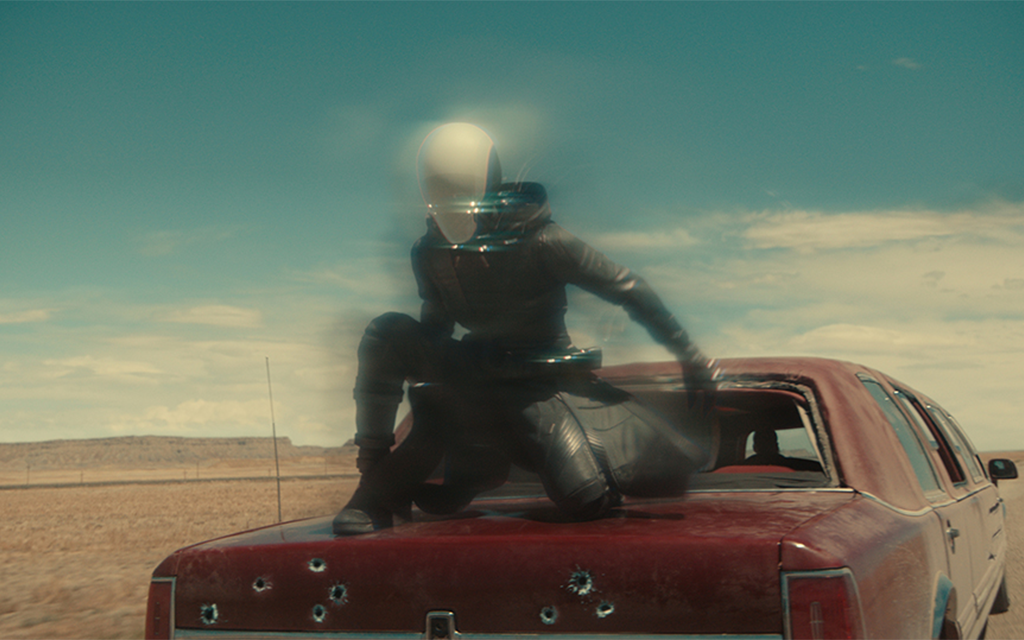
PH: Did the darker tone of Thunderbolts* change how you approached lighting, texture, or movement in your digital work?
Ryan Wilk: Not really. Our goal is always to match into the existing photography, whichever style it leans into. It is always nice when a dark scene helps cover up some of our sins in VFX though : )
PH: Were there any visual Easter eggs or subtle storytelling details you snuck into the VFX that fans might not notice right away?
Ryan Wilk: No explicit easter eggs on this round.
PH: If you could digitally insert yourself into one Thunderbolts* scene (just for fun) where would it be and what would your character be doing?
Ryan Wilk: I think I might be at the top of the elevator shaft, so I could toss our heroes a rope!
PH: You’ve worked on a lot of big projects—how does this one compare in terms of creative freedom or pressure?
Ryan Wilk: There is always a certain level of pressure on VFX-heavy films, but this was one of the smoother productions we have been a part of. It felt collaborative from the beginning, and our sequences remained mostly stable throughout the process, so we were able to focus our efforts and provide a polished finished product.
PH: Was there a VFX shot in Thunderbolts* that gave your team a good laugh behind the scenes (even if it didn’t make the final cut)?
Ryan Wilk: We were working on an asset that was supposed to be a high-tech device that holds a spool of rope which then attaches to an arrow. It was supposed to unspool as the arrow was shot. When we first showed it to the studio, we received the comment that it looked like a portable speaker. Everyone got a good laugh out of that, and we even considered ordering portable speakers as our crew swag. Sadly the speaker (I mean spool) never made it into the final cut.
PH: Imagine Thunderbolts* had to do one scene without any VFX. Which one would survive best and which one would be a hilarious disaster?
Ryan Wilk: I like to think that even film itself is a type of visual effect, so this is a trick question! All scenes require illusion and sleight of hand!
